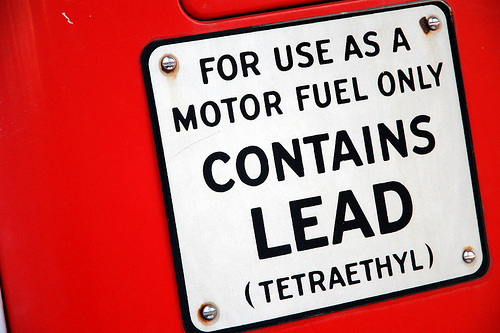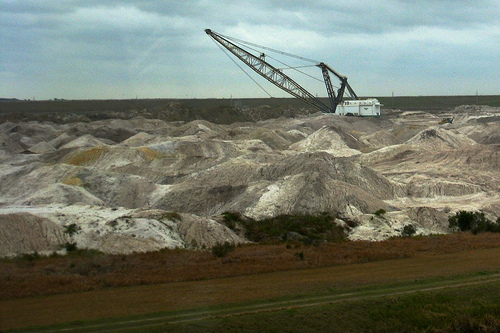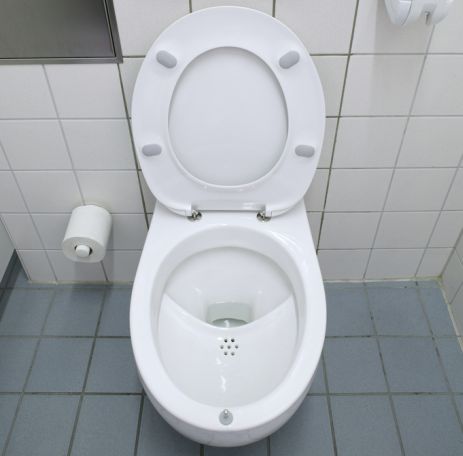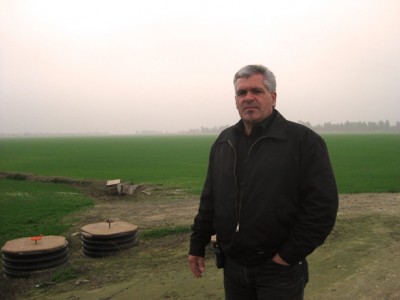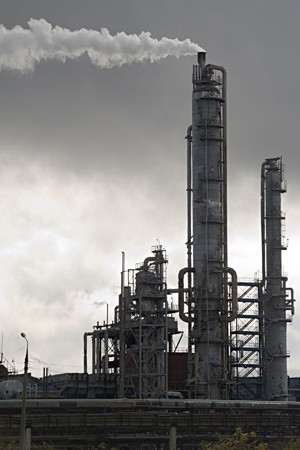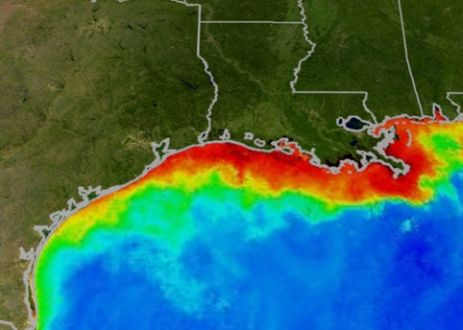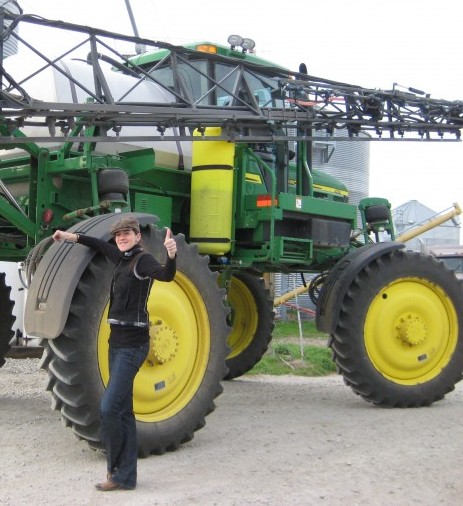fertilizer
-
Ask Umbra on healthy soil for urban and suburban farmers and gardeners
A reader wants to know if urban dirt is safe for growing food. Is there lead in that urban farm salad? Umbra investigates and gives some savvy tips.
-
Grass That’s Truly Greener
One good thing about snow is that it makes your lawn look as nice as your neighbor’s. But with most of the snow across the nation now melted away and lawn mowers emerging from their annual hibernation beneath rusting lawn furniture and pieces of an above ground pool in the garage, there’s one sure-fire way […]
-
Using too much lawn fertilizer?
Photo courtesy of roel1943 via Flickr Brace yourself. Here comes another of my thought exercises, again inspired by my latest reading of The Red Queen-Sex and the Evolution of Human Nature by Matt Ridley. Another word of warning–random bursts of dripping sarcasm can be found in places you may not always expect it. Ever wonder […]
-
Foreign Policy mag spotlights ‘peak phosphorous’
Where your food comes from: a phosphate mine in Florida run by the fertilizer giant Mosaic. Mosaic is two-thirds owned by Cargill, the globe’s largest agribusiness company, with interests in meat, feed, biofuels, and more. Photo: Susan Dracket, via FlickrAs Grist’s recent special series showed, our reliance on synthetic nitrogen fertilizer has serious ecological, geopolitical, […]
-
Urine-separating NoMix toilet gets thumbs-up in European countries
NoMix toilet.Photo courtesy Sustainable sanitation via Flickr Being green is all about solving problems and grabbing overlooked opportunities. It turns out that there’s such a double-win in most bathrooms around the world; if we had “NoMix” toilets that separate urine from solid waste, municipal wastewater plants would have a significantly easier task (and produce more […]
-
To reduce nitrogen pollution, we need new farm policies
California dairy farmer Joey Rocha. Photo: Stephanie OgburnTurlock, Calif. — Joey Rocha tends 2,800 cows at his Central Valley dairy. That may sound like a large herd, but in California, Rocha is a mid-sized dairy producer. Taken together, California’s dairy cows produce more than 100,000 tons of manure every day. Rocha and his fellow dairy […]
-
Our other addiction: the tricky geopolitics of nitrogen fertilizer
Your food doesn’t come from here, but it starts here: an ammonia factory. We burn through more of it per capita than any other country; and our appetite for it can only be sated with massive imports. No, not oil — I’m talking about nitrogen fertilizer. With only 5 percent of the world population, the […]
-
How our food system is destroying the nation’s most important fishery
To understand our impact on nature, there is truth in the saying, “everything is connected.” Few situations illustrate this concept as dramatically as the agricultural wastes from the Midwest that contribute so seriously to the aquatic dead zone in the Gulf of Mexico. Human activities and natural phenomena occurring on land masses combine to impact […]
-
Can you taste the fuels in your food?
Amanda Little on the farm. If you pinned a map of the United States to a dartboard, Kansas would be the bull’s-eye. Smack dab in the center of the country, the Sunflower State is one of America’s most productive agricultural hotbeds — the fifth-biggest producer of crops and livestock in the country. More than 90 […]
